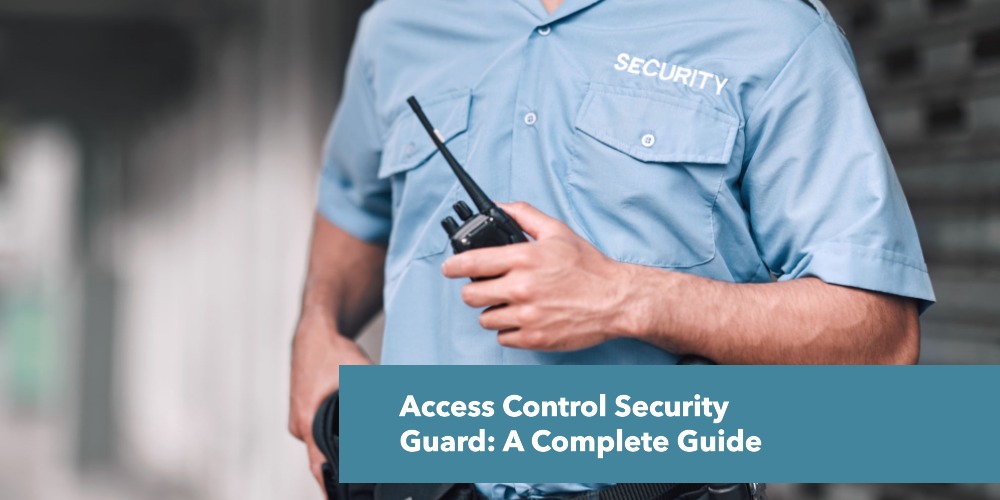What is Access Control Security Guard?
An Access Control Security Guard is a professional responsible for monitoring and managing entry to restricted areas, ensuring only authorized individuals, vehicles, or items gain access. You enforce security protocols by verifying credentials, maintaining logs, and responding to breaches or emergencies.
Key Responsibilities & Values
Verification: You use tools like ID scanners, biometric systems, or keycards to validate identities.
Surveillance: Monitor CCTV, patrol premises, and report suspicious activity (e.g., 90% of guards use digital logs for real-time incident tracking).
Incident Response: Act as the first line of defense during emergencies, coordinating with law enforcement if needed.
Access Logs: Maintain records of entries/exits (e.g., timestamps, visitor details) for audits or investigations.
What Does Access Control Security Guard Do?
An Access Control Security Guard ensures only authorized people, vehicles, or items enter restricted areas. Here’s what you do:
Verify Credentials
You check IDs, scan badges, or use biometric systems (like fingerprint scanners) to confirm identities. For example, 85% of corporate sites rely on electronic verification to reduce human error. Learn more about the duties and responsibilities of a security guard through our blog.
Monitor Entry Points
You watch surveillance feeds (CCTV), patrol gates, and log entries/exits. In high-traffic venues, guards process 200+ visitors daily while flagging unauthorized attempts.
Enforce Security Protocols
You follow strict rules, like denying access without appointments or escorting unapproved visitors. In hospitals, guards block 95% of unauthorized after-hours entries.
Respond to Incidents
You act during breaches, emergencies, or alarms, alerting authorities if needed. Guards resolve 80% of minor incidents (e.g., tailgating) before escalation.
Maintain Records
You update digital logs with timestamps, visitor names, and purposes. These logs help 65% of companies during audits or investigations.
What are the Types of Access Control in Security?
Access control systems limit entry to authorized users. The three primary types are Discretionary Access Control (DAC), Mandatory Access Control (MAC), and Role-Based Access Control (RBAC).
Discretionary Access Control (DAC)
You control permissions directly, deciding who can access files, rooms, or systems. For example, you might share a document with specific colleagues. While flexible, DAC relies on user judgment, leading to 30% of human-error breaches in small businesses.
Mandatory Access Control (MAC)
You follow strict, system-wide rules set by administrators. Access is based on labels like “top secret” or “public.” Used in military or government settings, MAC enforces rigid hierarchies, blocking 90% of unauthorized data leaks in high-security environments.
Role-Based Access Control (RBAC)
You assign access based on job roles (e.g., “HR manager” or “IT staff”). This minimizes over-permission 65% of companies using RBAC report fewer insider threats. For instance, a contractor only gets entry to areas tied to their task.
Where Access Security Guard Work?
Access Security Guard Works in offices, factories, events, or critical infrastructure sites. Your role cuts unauthorized access risks by 60–70% in sectors like tech or healthcare.
Why They Matter
DAC suits small teams, MAC secures critical data, and RBAC streamlines permissions. Organizations using layered systems reduce breaches by 60–70%, balancing security and efficiency.
By matching the type to your needs, you ensure precise, scalable protection.
Contact For Access Security Guards
Safeguard your organization with top-tier security guard services in San Jose. At Hyguard Security Inc, we offer expert security officers trained to enforce access policies, monitor access points, and respond swiftly to any breaches. Enhance your facility’s safety and ensure compliance with our thorough access control solutions. Reach out to us or request a quote to learn how we can strengthen your security and protect your valuable assets.

